planting over grey water system
stacwase
19 years ago
Related Stories
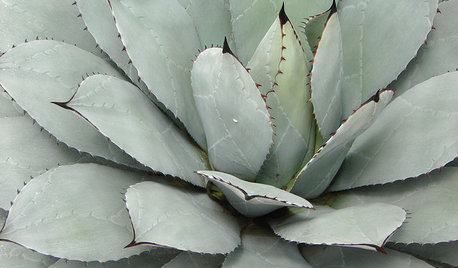
FOLIAGEGet a Cool Garden Look With Gray and Blue Plants
Looking for plants that calm with color in the heat of summer? Look no further than these 14 soothing beauties
Full Story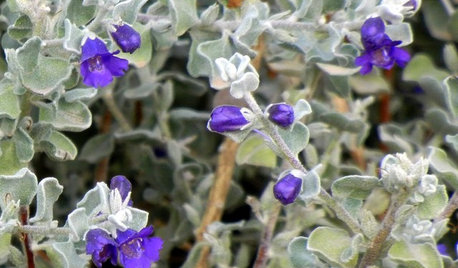
GARDENING GUIDESGreat Design Plant: Violet Silverleaf Thrives on Scant Water
Purple flowers transform silvery, sun-loving Leucophyllum candidum, while its easy care may change your gardening routine
Full Story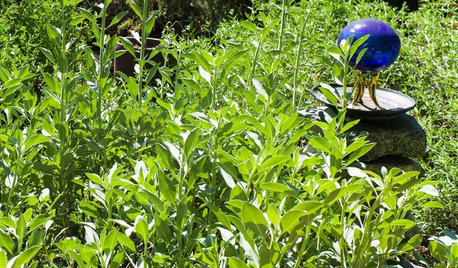
FLOWERS AND PLANTSWhite Sage Shimmers in the Water-Wise Garden
California native Salvia Apiana features silvery-green foliage and seasonal flowers that bees, hummingbirds and butterflies love
Full Story
HEALTHY HOMEHow to Choose a Home Water Filtering System
Learn which water purification method is best for your house, from pitchers to whole-house setups
Full Story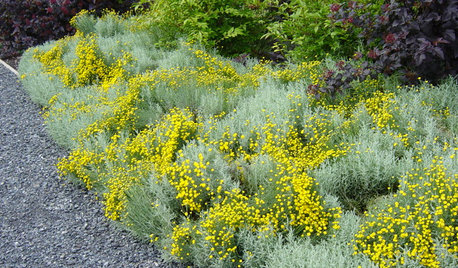
SUMMER GARDENINGGreat Design Plant: Lavender Cotton
Sun-loving santolina can take the summer heat, brightening up any garden style with bursts of yellow blossoms
Full Story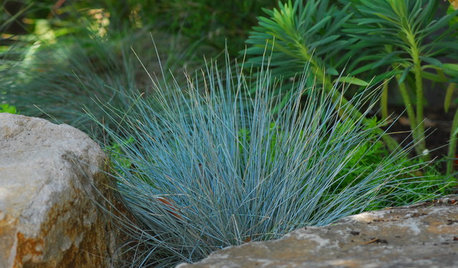
LANDSCAPE DESIGNGreat Design Plant: Blue Fescue
Is there anywhere this grass doesn't look great? Bonus: It outlasts other grasses in color and doesn't hog water
Full Story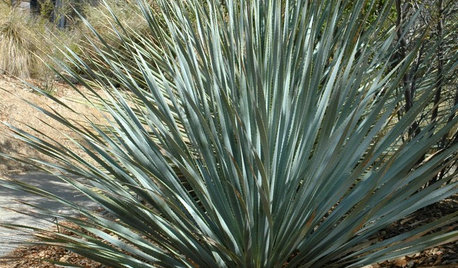
GARDENING GUIDESGreat Design Plant: Dasylirion Wheeleri
The gray-toothed leaves of common sotol add great spiky texture to drought-tolerant landscapes
Full Story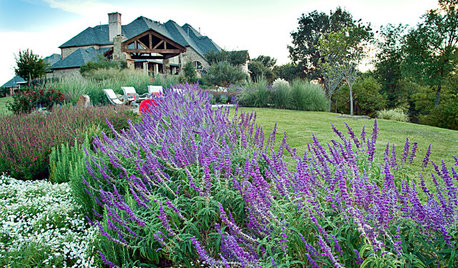
GARDENING GUIDESGreat Design Plant: Salvia Leucantha
Soft, velvety purple spikes gracefully arch over the gray-green foliage of Mexican bush sage in spring through fall in western U.S. gardens
Full Story
GARDENING GUIDESHow to Install a Drip Irrigation System
Save time and water with a drip watering system in your vegetable garden — a little patience now will pay off later
Full Story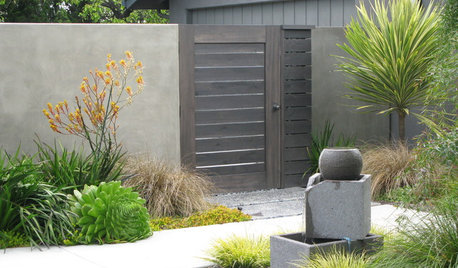
LANDSCAPE DESIGNDare to Go Gray in the Garden
Use neutral gray as a soother, a buffer and a framework for plants in many colors
Full StorySponsored






webfeeet
Pookiesmom
Related Professionals
Danbury Landscape Architects & Landscape Designers · Washington Landscape Architects & Landscape Designers · Wilmington Landscape Contractors · Surprise Landscape Contractors · Fort Payne Landscape Contractors · Pikesville Landscape Contractors · Kissimmee Roofing & Gutters · Miami Beach Roofing & Gutters · Sebring Roofing & Gutters · Wichita Roofing & Gutters · Rome Roofing & Gutters · Wichita Siding & Exteriors · Baltimore Siding & Exteriors · Black Forest Siding & Exteriors · Destin Siding & Exteriorswilddog
kate_rose
wilddog